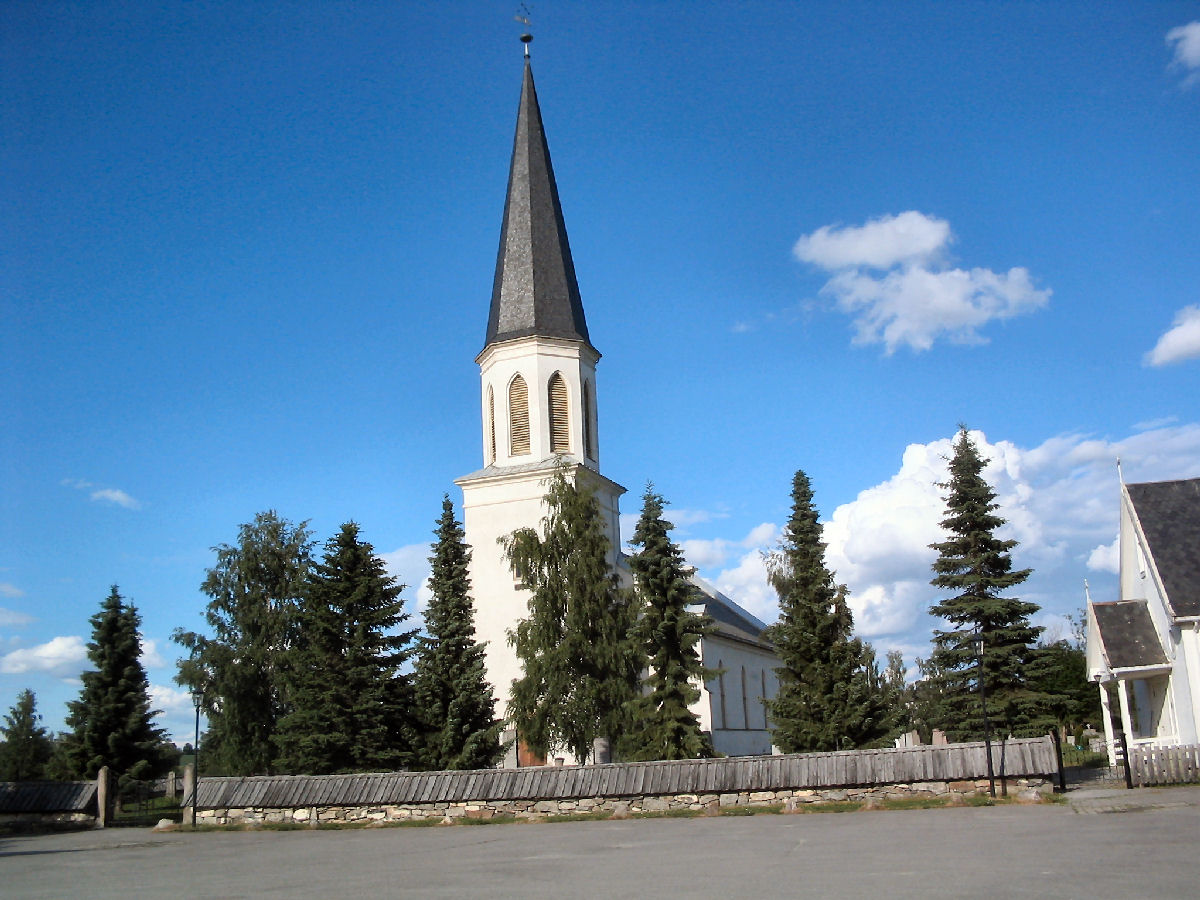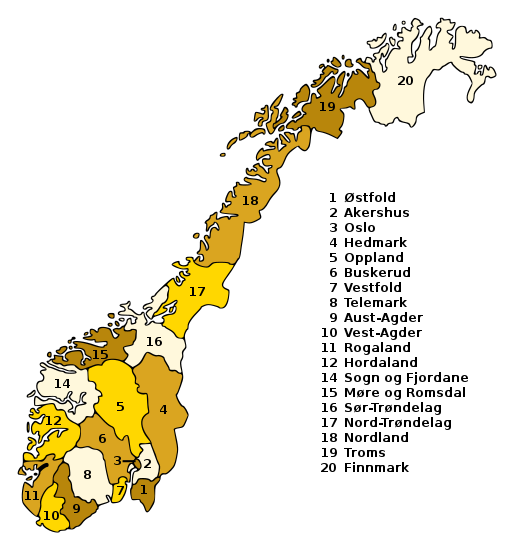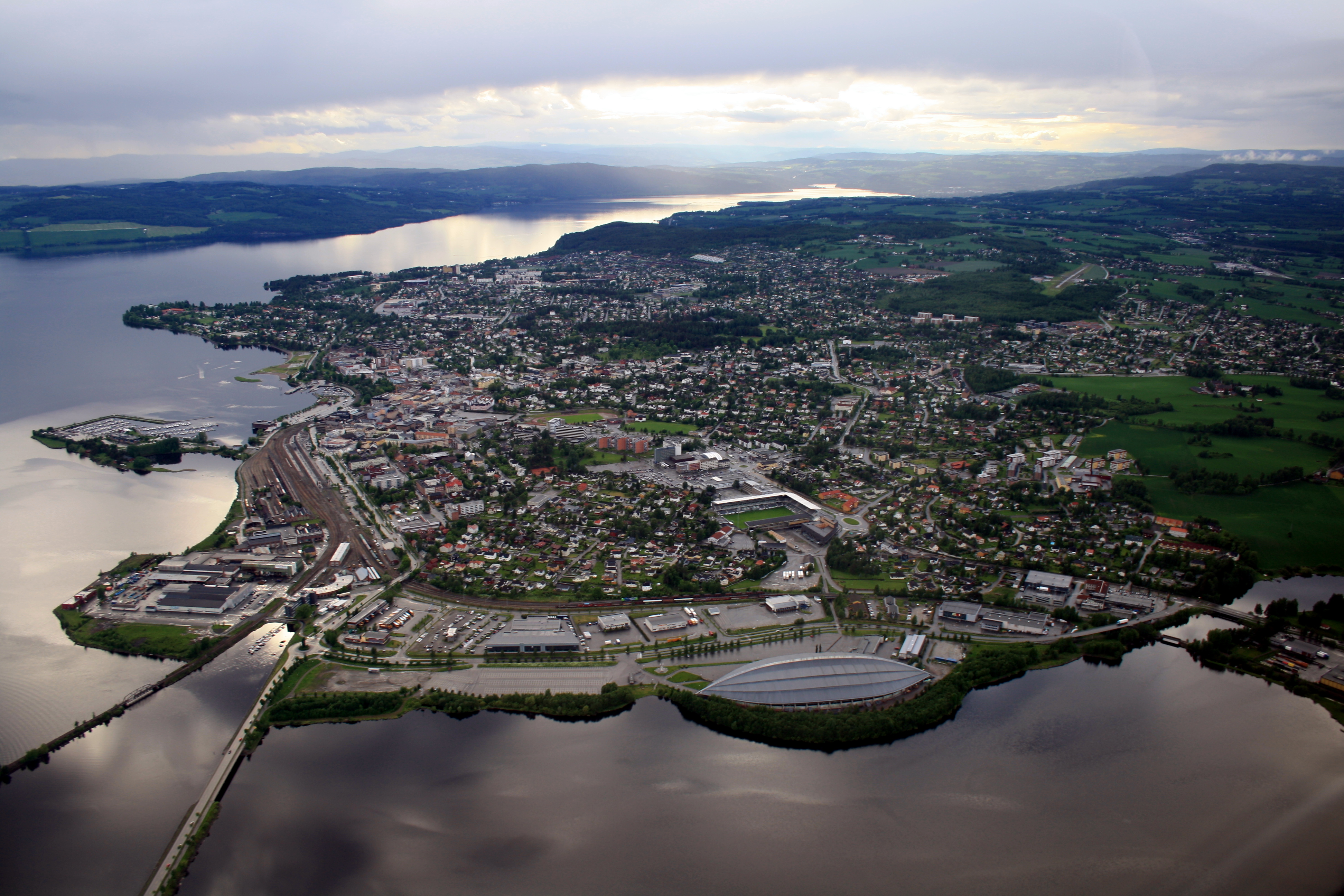|
Sinnerud
Sinnerud is a village in Stange Municipality in Innlandet county, Norway. The village is located along the south side of the river Svartelva, about east of the village of Bekkelaget. The European route E6 highway runs along the west side of the village. Sinnerud the is considered to be part of the town of Hamar which stretches over the municipal border into Stange Municipality. The village area of Sinnerud and the neighboring village of Sanderud have a population (2021) of 305 and a population density Population density (in agriculture: Standing stock (other), standing stock or plant density) is a measurement of population per unit land area. It is mostly applied to humans, but sometimes to other living organisms too. It is a key geog ... of . References Stange Villages in Innlandet {{Innlandet-geo-stub ... [...More Info...] [...Related Items...] OR: [Wikipedia] [Google] [Baidu] |
Stange
is a municipality in Innlandet county, Norway. It is located in the traditional district of Hedemarken. The administrative centre of the municipality is the village of Stangebyen. Other villages include Bekkelaget, Espa, Bottenfjellet, Ilseng, Ottestad, Sandvika, Sinnerud, Starhellinga, Tangen, and Romedal. The municipality is the 157th largest by area out of the 356 municipalities in Norway. Stange is the 59th most populous municipality in Norway with a population of 21,356. The municipality's population density is and its population has increased by 10% over the previous 10-year period. General information The parish of Stange was established as a municipality on 1 January 1838 (see formannskapsdistrikt law). During the 1960s, there were many municipal mergers across Norway due to the work of the Schei Committee. On 1 January 1964, the neighboring municipalities of Romedal (population: 6,441) and Stange (population: 9,734) were merged to form a new, larger mu ... [...More Info...] [...Related Items...] OR: [Wikipedia] [Google] [Baidu] |
Bekkelaget, Norway
Bekkelaget is a village in Stange Municipality in Innlandet county, Norway. The village is located across the Åkersvika bay (part of the lake Mjøsa) from the town of Hamar. The European route E6 highway runs along the east side of Bekkelaget. The village of Ottestad lies about to the south, the village of Sinnerud lies about to the east, and the village of Sandvika lies about to the west of Bekkelaget. The village has a population (2021) of 6,848 and a population density Population density (in agriculture: Standing stock (other), standing stock or plant density) is a measurement of population per unit land area. It is mostly applied to humans, but sometimes to other living organisms too. It is a key geog ... of . References Stange Villages in Innlandet {{Innlandet-geo-stub ... [...More Info...] [...Related Items...] OR: [Wikipedia] [Google] [Baidu] |
Stange Municipality
is a municipality in Innlandet county, Norway. It is located in the traditional district of Hedemarken. The administrative centre of the municipality is the village of Stangebyen. Other villages include Bekkelaget, Espa, Bottenfjellet, Ilseng, Ottestad, Sandvika, Sinnerud, Starhellinga, Tangen, and Romedal. The municipality is the 157th largest by area out of the 356 municipalities in Norway. Stange is the 59th most populous municipality in Norway with a population of 21,356. The municipality's population density is and its population has increased by 10% over the previous 10-year period. General information The parish of Stange was established as a municipality on 1 January 1838 (see formannskapsdistrikt law). During the 1960s, there were many municipal mergers across Norway due to the work of the Schei Committee. On 1 January 1964, the neighboring municipalities of Romedal (population: 6,441) and Stange (population: 9,734) were merged to form a new, larger mu ... [...More Info...] [...Related Items...] OR: [Wikipedia] [Google] [Baidu] |
Counties Of Norway
There are 15 counties in Norway. The 15 county, counties are administrative division, administrative regions that are the first-level administrative divisions of Norway. The counties are further subdivided into 357 municipalities of Norway, municipalities (). The island territories of Svalbard and Jan Mayen are outside the county divisions and they are ruled directly from the national level. The capital city of Oslo is both a county and a municipality. In 2017, the Solberg's Cabinet, Solberg government decided to abolish some of the counties and to merge them with other counties to form larger ones, reducing the number of counties from 19 to 11, which was implemented on 1 January 2020. This sparked popular opposition, with some calling for the reform to be reversed. The Storting voted to partly undo the reform on 14 June 2022, with Norway to have 15 counties from 1 January 2024. Three of the newly merged counties, namely Vestfold og Telemark, Viken (county), VikenLars R ... [...More Info...] [...Related Items...] OR: [Wikipedia] [Google] [Baidu] |
Innlandet
Innlandet is a Counties of Norway, county in Norway. It was created on 1 January 2020 with the merger of the old counties of Oppland and Hedmark (Jevnaker Municipality and Lunner Municipality were transferred to the neighboring county of Viken (Norwegian county), Viken on the same date). The new county has an area of , making it the largest county in Norway after the division of the old Troms og Finnmark county in 2024. The region was known as Opplandene or Opplanda since the middle ages. Historically part of Akershus, Oplandene County existed from 1757 to 1781, when it was divided into Christians County and Hedemarken County, also known as Western and Eastern Oplandene. In 1919 the two counties were renamed Oppland and Hedmark, and in 2020 they were again merged under the name Innlandet (with the exception of Jevnaker Municipality and Lunner Municipality, which went to the new county of Viken (county), Viken). This present name is a newly constructed name with no historical basi ... [...More Info...] [...Related Items...] OR: [Wikipedia] [Google] [Baidu] |
Districts Of Norway
The country of Norway is historically divided into a number of districts. Many districts have deep historical roots, and only partially coincide with today's administrative units of counties of Norway, counties and municipalities of Norway, municipalities. The districts are defined by geographical features, often valleys, mountain ranges, fjords, plains, or coastlines, or combinations of the above. Many such regions were petty kingdoms up to the early Viking Age. Regional identity A high percentage of Norwegians identify themselves more by the district they live in or come from, than the formal administrative unit(s) whose jurisdiction they fall under. A significant reason for this is that the districts, through their strong geographical limits, have historically delineated the region(s) within which one could travel without too much trouble or expenditure of time and money (on foot or skis, by horse/ox-drawn cart or sleigh or dog sled, or by one's own small Watercraft rowing, ro ... [...More Info...] [...Related Items...] OR: [Wikipedia] [Google] [Baidu] |
Hedmarken
(, ; known as ''Hedemarken'' until 2003) is a traditional district in Innlandet county in Eastern Norway. Hedmarken consists of the municipalities Stange, Hamar, Løten, and Ringsaker. In the past, it also contained the municipalities of Romedal, Vang, Furnes, and Nes, but those municipalities were merged into Hamar, Stange, and Ringsaker during the 20th century. Traditionally, it also included Gjøvik on the other side of the lake, but this is no longer the case. The old county of Hedmark was named after the district of Hedmarken, but the county included several other districts as well, namely Østerdalen and Glåmdalen ( Solør, Odalen and Vinger). The district is dominated by rolling agricultural terrain, hilly green mountains, and pine forests. Etymology The Old Norse form of the name was . The first element is , the name of an old Germanic tribe and is related to the word which means "moorland". The last element is ''mǫrk'' which means "woodland", "borderland" ... [...More Info...] [...Related Items...] OR: [Wikipedia] [Google] [Baidu] |
List Of Municipalities Of Norway
Municipalities in Norway are the basic unit of local government. Norway is divided into 15 administrative regions, called Counties of Norway, counties. These counties are subdivided into 357 municipality, municipalities (as of 2024). The capital city Oslo is both a county and a municipality. Municipalities are responsible for primary education (through 10th grade), outpatient Health care, health services, old age, senior citizen services, welfare spending, welfare and other Social work, social services, zoning, economic development, and municipal roads and utilities. The municipality is governed by a Municipal council (Norway), municipal council of Direct election, directly elected representatives. The mayor is Indirect election, indirectly elected by a vote of the municipal council. Law enforcement and Church of Norway, church services are provided at a national level in Norway. Municipalities are undergoing continuous change by dividing, consolidating, and adjusting boundaries. ... [...More Info...] [...Related Items...] OR: [Wikipedia] [Google] [Baidu] |
List Of Regions Of Norway
Norway is commonly divided into five major geographical regions (). These regions are purely geographical and cultural, and have no administrative purpose. However, in 2017 the government decided to abolish the current counties of Norway () and to replace them with fewer, larger administrative regions (). The first of these new areas came into existence on 1 January 2018, when Nord-Trøndelag and Sør-Trøndelag merged to form Trøndelag. According to most definitions, the counties of Norway are divided into the following regions (these groupings are approximate): * Northern Norway (/) ** Troms **Finnmark ** Nordland * Trøndelag (alt. /) ** Trøndelag * Western Norway () ** Møre og Romsdal **Vestland ** Rogaland * Southern Norway (/) ** Agder * Eastern Norway (/) ** Vestfold ** Telemark **Buskerud ** Akershus ** Østfold ** Innlandet **Oslo The division into regions is, by convention, based on geographical and also dialectical differences, but it also follows the count ... [...More Info...] [...Related Items...] OR: [Wikipedia] [Google] [Baidu] |
Central European Time
Central European Time (CET) is a standard time of Central, and parts of Western Europe, which is one hour ahead of Coordinated Universal Time (UTC). The UTC offset, time offset from UTC can be written as UTC+01:00. It is used in most parts of Europe and in several African countries. CET is also known as Middle European Time (MET, German: :de:Mitteleuropäische Zeit, MEZ) and by colloquial names such as Amsterdam Time, Berlin Time, Brussels Time, Budapest Time, Madrid Time, Paris Time, Stockholm Time, Rome Time, Prague time, Warsaw Time or Romance Standard Time (RST). The 15th meridian east is the central axis per UTC+01:00 in the world system of time zones. As of 2023, all member state of the European Union, member states of the European Union observe summer time (daylight saving time), from the last Sunday in March to the last Sunday in October. States within the CET area switch to Central European Summer Time (CEST, UTC+02:00) for the summer. The next change to CET is scheduled ... [...More Info...] [...Related Items...] OR: [Wikipedia] [Google] [Baidu] |
Central European Summer Time
Central European Summer Time (CEST, UTC+02:00), sometimes referred to as Central European Daylight Time (CEDT), is the standard clock time observed during the period of summer daylight-saving in those European countries which observe Central European Time (CET; UTC+01:00) during the other part of the year. It corresponds to UTC+02:00, which makes it the same as Eastern European Time, Central Africa Time, South African Standard Time, Egypt Standard Time and Kaliningrad Time in Russia. Names Other names which have been applied to Central European Summer Time are Middle European Summer Time (MEST), Central European Daylight Saving Time (CEDT), and Bravo Time (after the second letter of the NATO phonetic alphabet). Period of observation Since 1996, European Summer Time has been observed between 01:00 UTC (02:00 CET and 03:00 CEST) on the last Sunday of March, and 01:00 UTC on the last Sunday of October; previously the rules were not uniform across the European Union. The ... [...More Info...] [...Related Items...] OR: [Wikipedia] [Google] [Baidu] |
Svartelva
Svartelva () is a river in Innlandet county, Norway. The long river flows from the lake Gjetholsmjøen on the border of Løten and Stange at Byenga and it heads westward into Romedal. The river passes very close to the lake Rokosjøen in Løten before heading wester to Ådalsbruk. At the village of Ilseng, it is joined by a tributary, the river Lageråa. From the point where the Lageråa joins, the river forms the border between Stange and Hamar municipalities, continuing until the outlet at Åkersvika into the large lake Mjøsa Mjøsa is the largest lake in Norway and the fourth deepest in Norway and Europe. It is located in the southern part of Norway, about north of the city of Oslo. Its main tributary is the river Gudbrandsdalslågen flowing in from the north; the .... The river is about wide, but it is fairly shallow. See also * List of rivers in Norway References Stange Hamar Løten Rivers of Innlandet {{Norway-river-stub ... [...More Info...] [...Related Items...] OR: [Wikipedia] [Google] [Baidu] |




